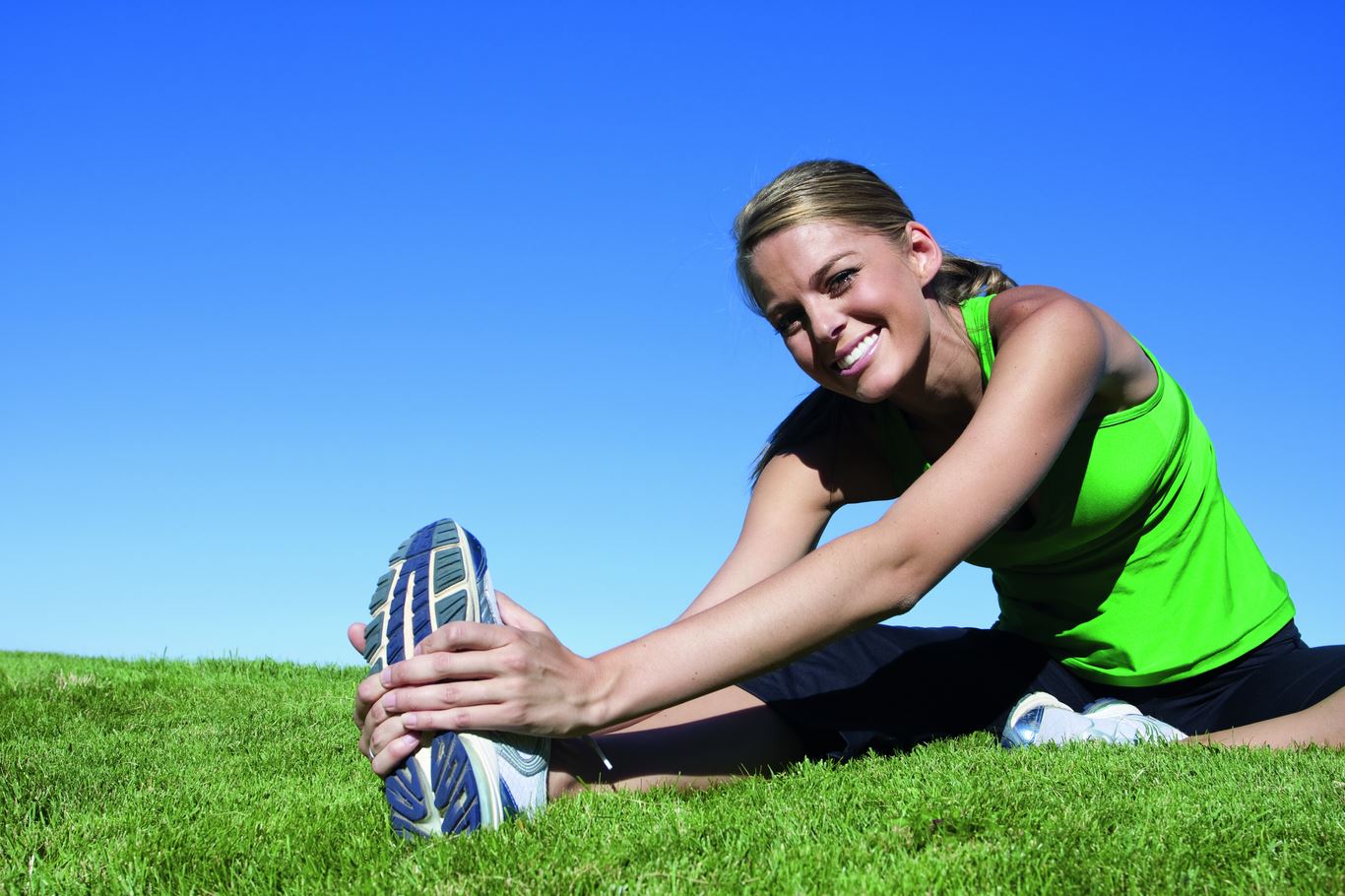Warming up before exercise: the truth exposed
This month, Rebecca Nelson shares some top tips on how to warm up properly in order to stay injury-free this autumn.
Does stretching really hurt more than it helps?
Remember back at school how every sports warm-up began with a full range of stretches – bending to touch your toes, lunging to loosen hamstrings, hopping around on one foot with the other pulled back to your bottom to stretch quads? It is now broadly recognised in sports medicine that pre-exercise stretching – where you hold static stretches for a number of seconds – is generally unnecessary and in fact may even increase your chances of injury.
Top tip: never stretch a cold muscle; you are simply asking for trouble by beginning any exercise routine with static stretches.
A gentle warm up and NOT static stretching
Irrespective of the sport or training session you have planned, you must start with a mild aerobic warm up to get the blood flowing to the muscles. 5 to 10 minutes slow jogging or fast walking will increase the heart rate and blood flow and raise the temperature of the muscles to make the collagen fibres more elastic.
Top tip: always start each session wearing plenty of clothes, shedding outer layers gradually as the muscles warm up and your body temperature rises.
Sports-specific warm-up
After an initial 5 to 10 minute gentle cardiovascular warm-up, we recommend you warm up your muscles specifically for the sport you will be doing. This can be done through a range of dynamic stretches, exercises or drills that mimic the movements of the session and its pace, preparing the bodyfor the task ahead.
Top tip: Apex Clinic physiotherapists are always happy to advise on how to warm up effectively for any individual sports, such as running, tennis, golf, football, yoga, to help you minimise the risk of injury. Remember: prevention is always better than cure!
Cool down and stretch for recovery
A cool down after exercise allows the body to calm from the exertions of the session, enabling the heart rate to settle and chemical by-products of exercise to be flushed from the muscles. It is at this point that static stretches are beneficial.
During exercise, the muscles and tendons may be stressed and contracted to their limits. If muscles are not stretched post workout, the fibres will gradually shorten and tighten over time, allowing microscopic scar tissue to set in. The muscles will become tighter and tighter and this increases the risk of a muscle tear during exercise.
Top tip: Resist the temptation to collapse to the ground, or crawl off for a nice warm shower after your work out; take 10 minutes instead to stretch the muscles you have used for 20 to 30 seconds per stretch, repeating each stretch two or three times to maintain muscle flexibility and suppleness.
Follow Apex Clinic’s top tips before and after exercise to be fully recovered, injury-free and raring to go for your next session.

